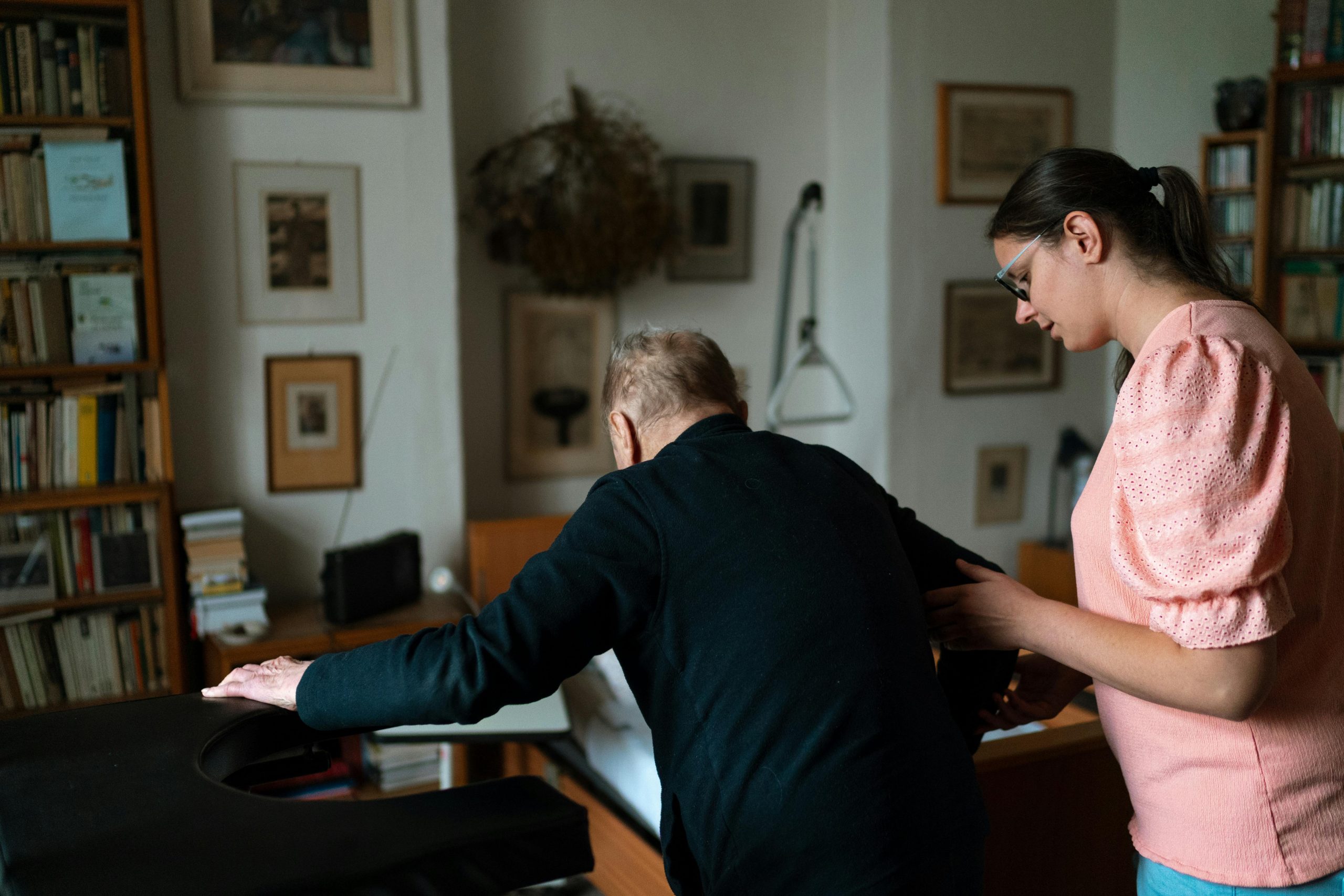The artist’s bold provocation: blank canvases and the controversy surrounding the Aalborg Museum

In 2021, Danish conceptual artist Jens Haaning became the centre of attention after being commissioned by the Aalborg Museum of Modern Art to recreate his previous works. However, instead of creating art in the traditional sense, Haaning presented blank canvases to the world in an event he called “Take the Money and Run.” The whole situation sparked controversy and a legal dispute that ended in a court decision.
Haaning was commissioned to recreate two of his previous works – “Denmark’s Average Annual Income” from 2007 and a similar work from 2011 that worked with euro banknotes. The museum provided the artist with the sum of DKK 532,000 (over CZK 1.7 million) and paid him an additional fee of CZK 130,000. However, when the museum staff opened the vans with the new works, they discovered only frames with empty canvases.
Reactions to this controversial action were immediate. The museum, which tries to manage its funds prudently, took legal action, harshly criticizing the artist for his unconventional approach. The museum’s director, Lasse Anderson, stressed that the institution does not have unlimited funds and must carefully consider how it uses money.
The court case in Copenhagen ended with the ruling that Haaning must return the funds the museum provided to create the works, but can keep the royalties. However, the artist himself claims that the museum breached the contract, which led to this controversy.The whole affair revealed the tension between artistic freedom and the expectation of results from art funding institutions. Haaning’s unique approach not only sparked a debate about the meaning and value of art, but also called on the public to respond to unfair working conditions. His actions are a bold statement against the established norms of art making, and the question remains what impact this controversy will have on the art scene and its relationship with funding institutions.
Photo source: www.pexels.com
Author of this article
WAS THIS ARTICLE HELPFUL?
Support us to keep up the good work and to provide you even better content. Your donations will be used to help students get access to quality content for free and pay our contributors’ salaries, who work hard to create this website content! Thank you for all your support!





OR CONTINUE READING